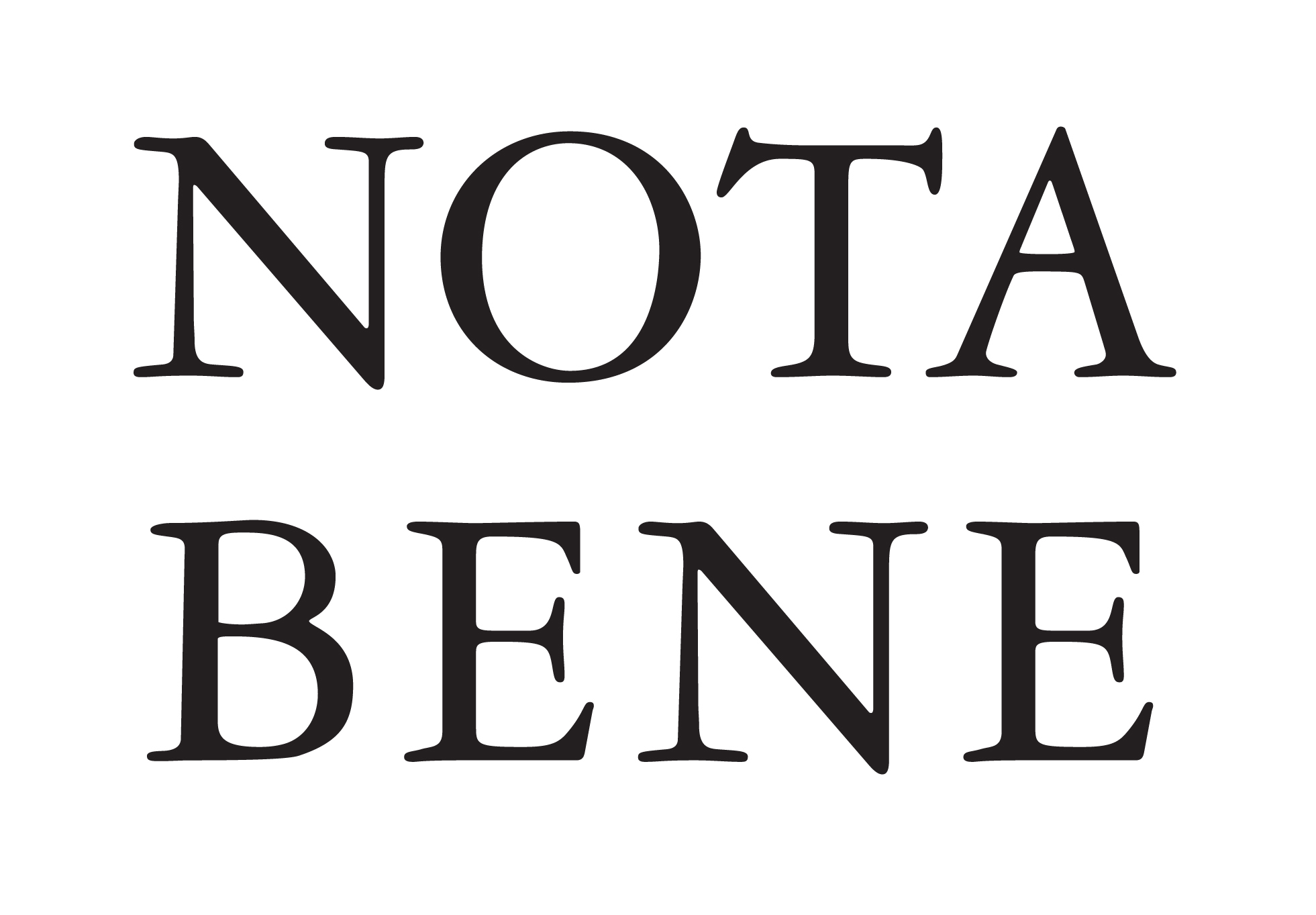

Small, subtle indicators encircle selections and, as the reader skims the document, nearby annotations light up and invite further exploration or response. Annotations can even be set to appear anonymously to other registered students. If the student pauses to make a note or ask a question, the result can be made public to the class, private to the student alone, or visible only to student and instructor. As students peruse the document they can “lasso” segments of text and immediately a small text area swoops to the margin and awaits annotation. When students visit the site they are presented with readings in an intuitive, interactive online reader. There are granular, but straightforward, settings that the instructor can elect, which will determine how students are able to interact with the reading list. Setting up a class, adding folders, uploading PDFs, and inviting students to the site is a breeze. However, NB excels at how it integrates these otherwise common features. I must admit, when I first saw it many years ago I wrote it off as“just another tool that does text annotation within a proprietary online reader” and moved on, but after another look last year I finally saw the power of NB.įunctionally, NB has many of the same attributes as other sparsely designed text annotation tools: a file repository for PDFs (and other text-based files) that is restricted to students, class-viewable comments, discussion threads, and a dashboard that presents an overview of recent activity to the instructor.

Notā, singular present active imperative form of notō ( “ I mark”, “I note”, “I observe ” ) + bene ( “ well ” ), adverbial form of bonus ( “ good ” ) Pronunciation




 0 kommentar(er)
0 kommentar(er)
